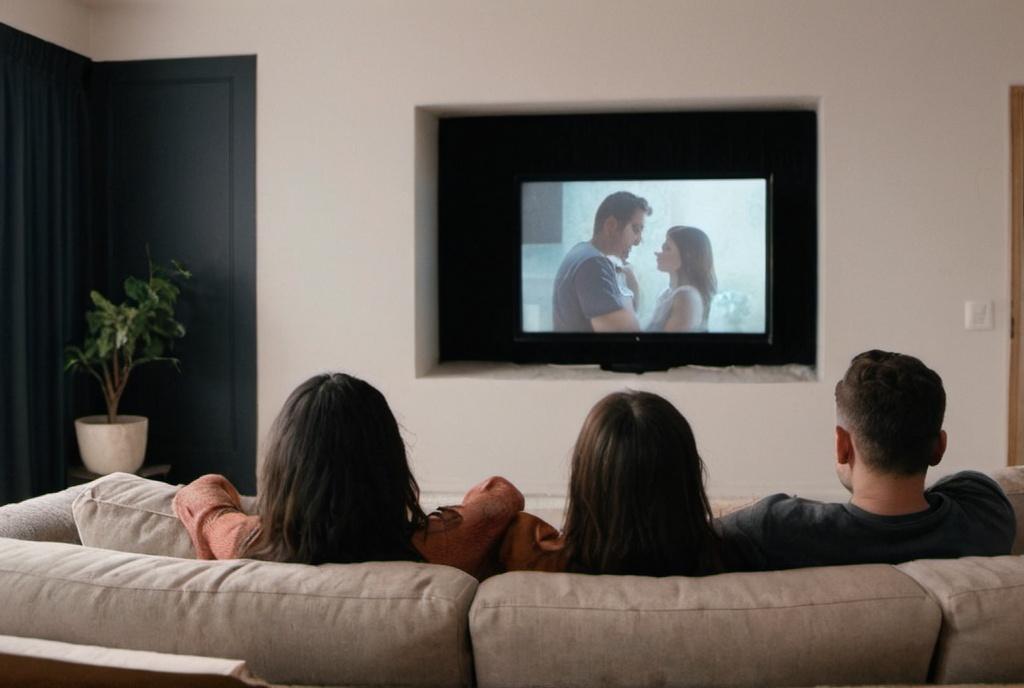
Key Take Aways About archival footage in documentaries
- Archival footage provides context, authenticity, and nostalgia to documentaries, enhancing historical accuracy.
- It emotionally engages viewers by connecting them personally to the story and offering a “time machine” experience.
- Cost-effective but can be expensive; filmmakers must balance budget with the footage’s value.
- Seamless integration of archival footage is crucial for maintaining narrative coherence.
- Legal complexities, including copyright and fair use, require careful attention.
- Discovering valuable archival footage can significantly impact a documentary’s direction.

The Role of Archival Footage in Documentaries
Archival footage in documentaries—it’s like opening a time capsule that spills the history beans right onto your screen. Documentaries lean on these archival materials to provide context, authenticity, and a splash of nostalgia. Picture it as filling in the gaps of a jigsaw puzzle with snippets of history, and boom! You get a more comprehensive picture of whatever story is being told.
Why Documentaries Love Archival Footage
First up, let’s chat about why archival footage is a big deal. Documentaries thrive on a diet of credibility and historical accuracy. You know, the “trust me, I’m not making this up” vibe. Archival footage does just that. It serves as a visual proof of sorts, adding layers to the narrative and lending that all-important authenticity. For the viewer, there’s a certain satisfaction in knowing they’re seeing the actual events or people as they were, not a reenactment or someone’s interpretation of the past.
But hey, it’s not just about looking authentic. It’s a shortcut to emotional engagement. Old videos or photos can stir emotions and evoke memories, connecting viewers to the story on a personal level. For filmmakers, this is gold. It’s like giving the audience a ticket to a time machine, where they get to witness history firsthand.
The Economics of Archival Footage
Now, when talking money—’cause documentaries aren’t made out of thin air—archival footage can be both a blessing and a curse. On one hand, it’s a cost-effective way to enrich the story without shooting more footage. If a documentary requires a crowd scene from the ’60s or a presidential speech from decades ago, pulling something from an archive can save both time and budget.
But don’t get too comfortable just yet. Some archival footage comes with a hefty price tag. Rare clips or footage held by prestigious archives can be expensive to license. So, filmmakers often have to balance the budget, weighing the cost of archival materials against their value to the story. It’s like grocery shopping with a list—just with historical clips instead of produce.
Structuring a Documentary with Archival Footage
Once secured, the challenge is integrating this footage seamlessly. It’s not simply about dotting the documentary with old clips; the footage needs to fit the tempo and tone of the narrative. Editors have to weave these archival gems into the story, ensuring they complement and enhance the modern footage, rather than sticking out like a sore thumb.
The juxtaposition of past and present can be a powerful storytelling tool. It can provide a direct comparison, showing how things have changed or, sometimes more poignantly, how little they have. The filmmaker’s job is to maintain a narrative coherence that still allows for these temporal leaps.
The Legal Landscape of Archival Use
Ah, the legal side—always lurking around the corner. Using archival footage isn’t as simple as plucking it from an online source or a dusty library shelf. Legal permissions and copyright issues can be a minefield. Filmmakers need to ensure they’ve obtained proper licenses to avoid any legal snarl-ups.
Fair use is a concept that comes into play here, offering a bit of leeway if the footage is used for purposes like criticism or education and doesn’t impact the original’s market value. Yet, this is often a grey area that’s as clear as mud, and filmmakers might still need to consult legal experts to keep everything above board.
Personal Experience with Archival Footage
On the personal side, using archival footage can be a bit like treasure hunting. There’s excitement in discovering that perfect clip that anchors a documentary’s segment. I recall working on a project where we uncovered a long-lost newsreel that changed the entire direction of our narrative. It was like finding a missing piece of a jigsaw puzzle that suddenly made the whole picture clearer.
Wrapping this up, archival footage is the secret sauce documentaries need for that authentic, tangible connection to history. It’s a balancing act of storytelling, budgeting, and legal savvy, but when it clicks, it turns a documentary from a bunch of talking heads into a vibrant, visual journey through time.



